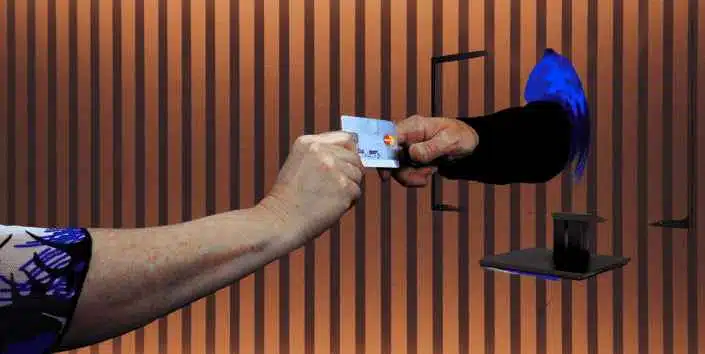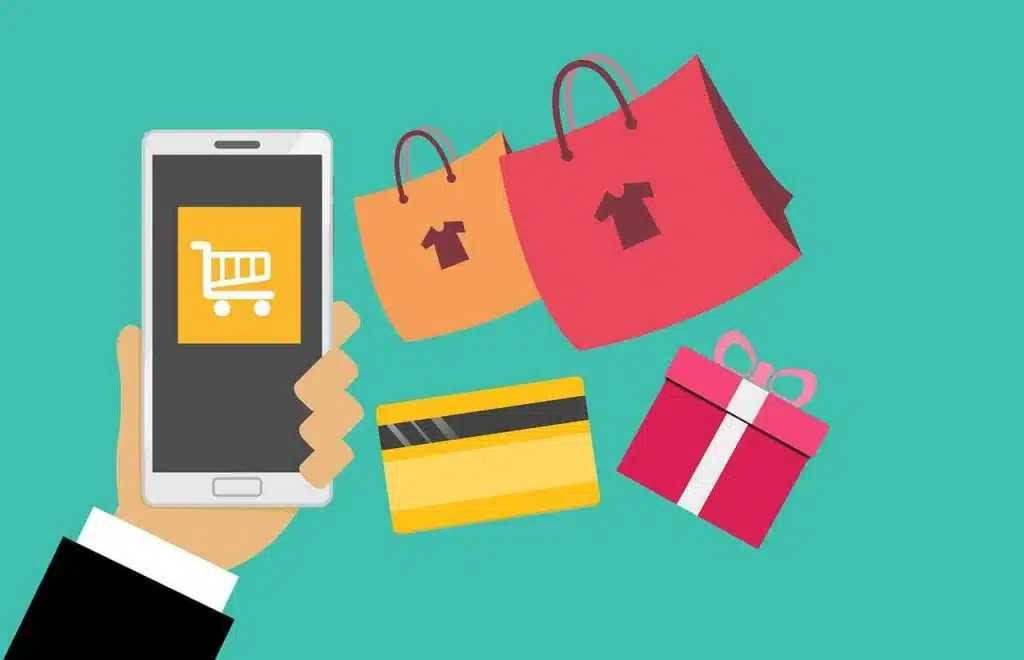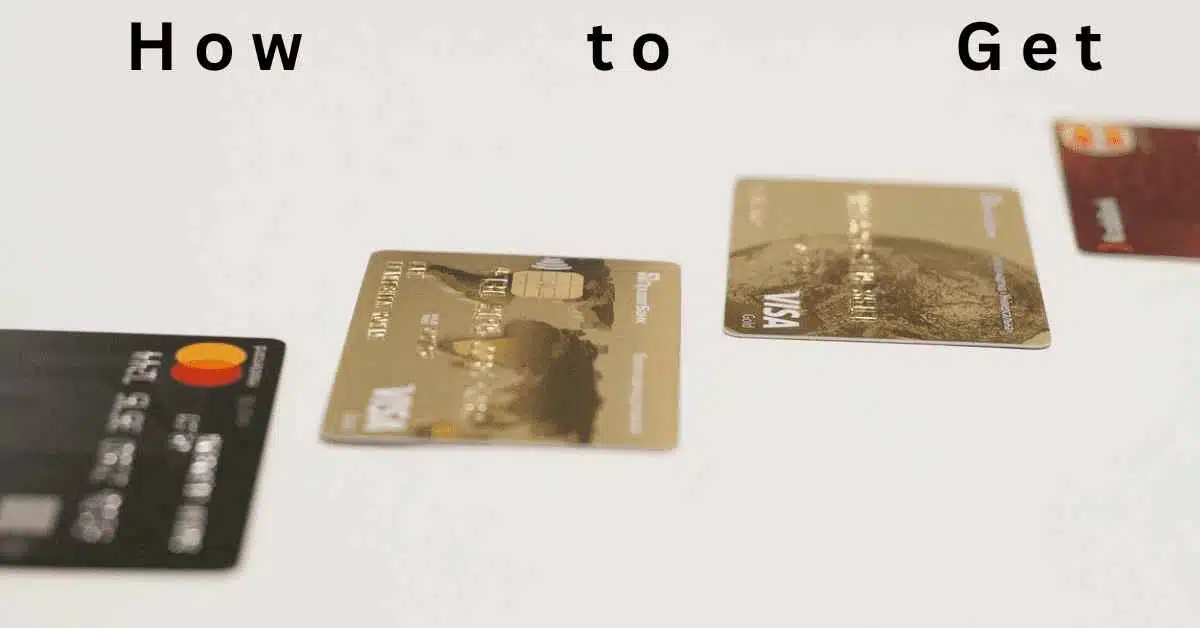“How To Get Credit Card” A credit card is a plastic card that allows the cardholder to borrow money from a bank or financial institution to make purchases or pay for services.

The cardholder can use the credit card to buy goods or services up to a specified credit limit.
In addition to charging penalties for late payments, cash advances, and balance transfers, the credit card company also assesses interest on the outstanding balance.
A rewards system, such as cashback or points that can be exchanged for benefits or discounts, may also be included with credit cards. The cardholder swipes or inserts the card into a reader to use it, or they can utilize the card’s information to make purchases online.
How To Get Credit Card Easily In 10 Steps?
I can give you a general idea of how to apply for a credit card. Here are ten steps you can follow to get a credit card easily:
- Check your credit score
- Research credit cards
- Apply for a credit card online
- Provide your personal information
- Verify your identity
- Review the terms and conditions
- Submit your application
- Wait for a response
- Activate your credit card
- Start using your credit card
1. Check Your Credit Score:
Before applying for a credit card, check your credit score. You can do this for free through credit bureaus like Equifax or Experian. A good credit score can increase your chances of getting approved for a credit card.
2. Research credit cards:
Investigate various credit cards to find the one that best suits your needs. Look for credit cards with low interest rates, cash back rewards, or other features that make a difference to you.
3. Apply for a credit card online:
You can apply for a credit card online from the issuer’s website. Be sure to provide accurate information in your application.
4. Provide your personal information:
Your name, address, Social Security number, and details about your income must all be disclosed.
5. Verify your identity:
Be ready to provide more details if required, as the issuer may need it to verify your identity.
6. Review the terms and conditions:
Before applying, make sure to read the credit card’s terms and conditions. Check for details on interest rates, charges, and any other relevant data.
7. Submit your application:
After reviewing the terms and conditions, submit your application online.
8. Wait for a response:
Within a few days, the credit card company will review your application and let you know if you’ve been approved.
9. Activate your credit card:
If you’re approved, you’ll receive your credit card in the mail. Follow the instructions to activate your card.
10. Start using your credit card:

You can use your card to make purchases once it has been activated. To avoid fees and interest charges, make sure to use it properly and make your regular payments on time.
Credit cards can be a helpful way to handle your finances, but they have advantages and limitations just like any other financial product. Here are some pros and cons of using a credit card:
| Pros | Cons |
|---|---|
| Credit cards offer a quick and easy way to make purchases, both online and offline. | Credit cards typically come with high-interest rates, which can lead to substantial debt if you don’t pay your balance in full each month. |
| Using a credit card responsibly and paying your bills on time can help build your credit score. | Credit cards may charge fees for late payments, balance transfers, cash advances, or annual fees. |
| Many credit cards offer rewards programs, such as cashback, points, or miles, which can provide additional value for cardholders. | Credit cards can encourage overspending, especially if you’re not careful about your budget and credit limits. |
| Credit cards offer protection against fraudulent purchases and are generally safer to use than cash or debit cards. | If you carry a balance on your credit card, it can accumulate and become difficult to pay off. |
| Credit cards can be useful in emergencies, such as unexpected car repairs or medical bills. | Late or missed payments can hurt your credit score and make it harder to get approved for credit in the future. |
Conclusion
“How To Get Credit Card Easily In 10 Steps?” In conclusion, using credit cards can be risky as well as helpful. They come with high interest rates, fees, the possibility of overspending, and debt building, but they also provide convenience, rewards, and fraud protection. It’s critical to be aware of the benefits and disadvantages of using a credit card and to do it properly. Maintaining a low balance and paying your payments on time might help you develop credit and avoid future financial issues. Each person must ultimately determine whether a credit card is suitable for their requirements and financial situation.
[WPSM_AC id=3985]

